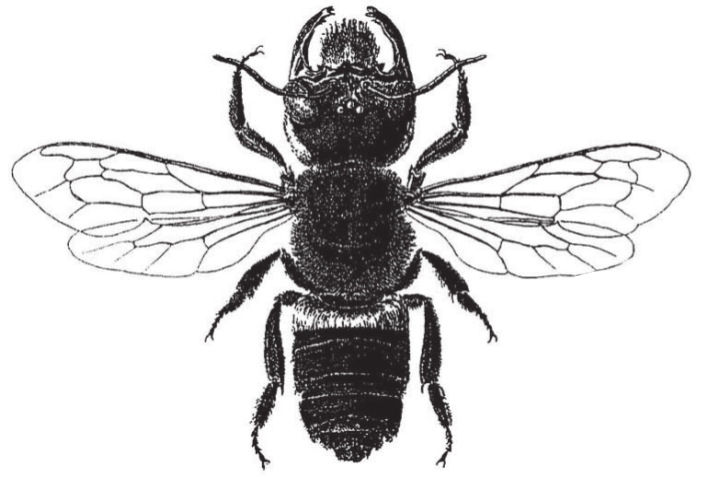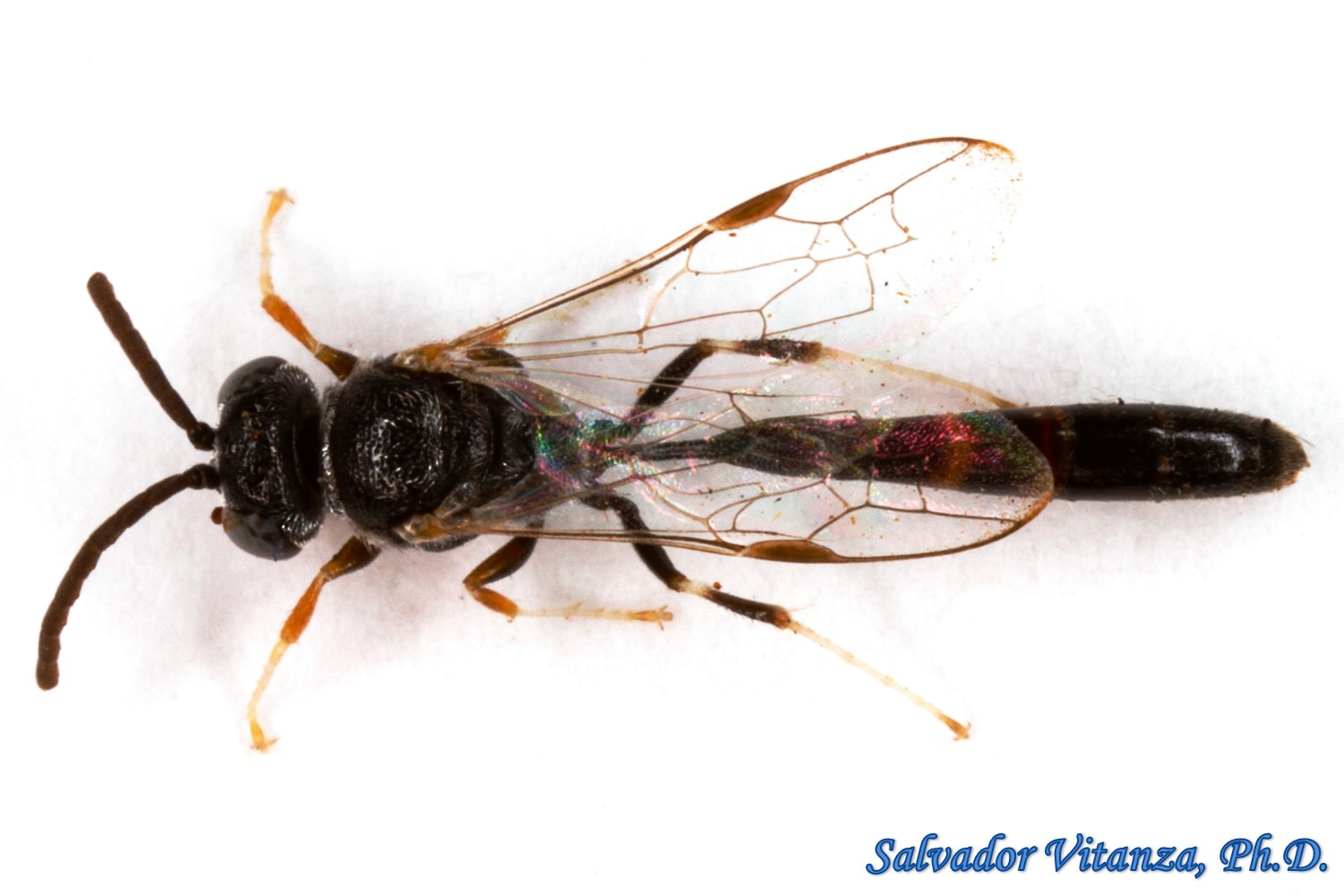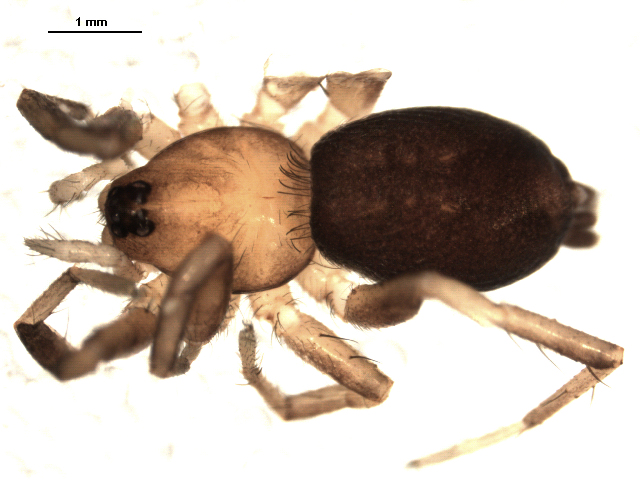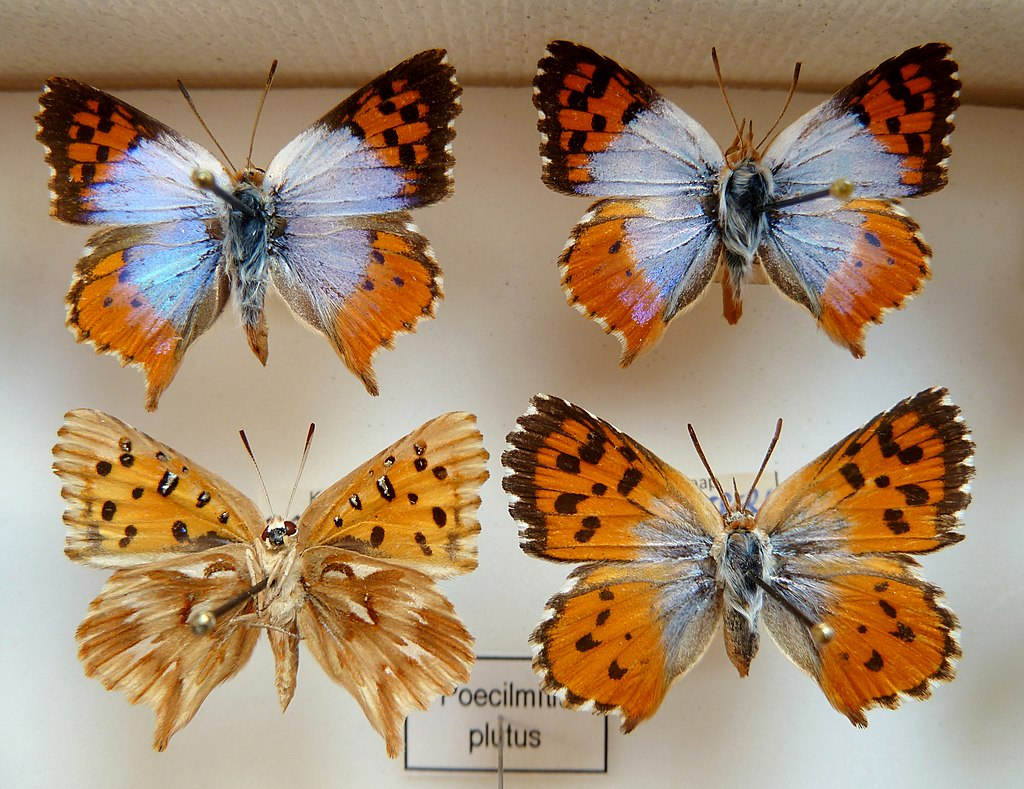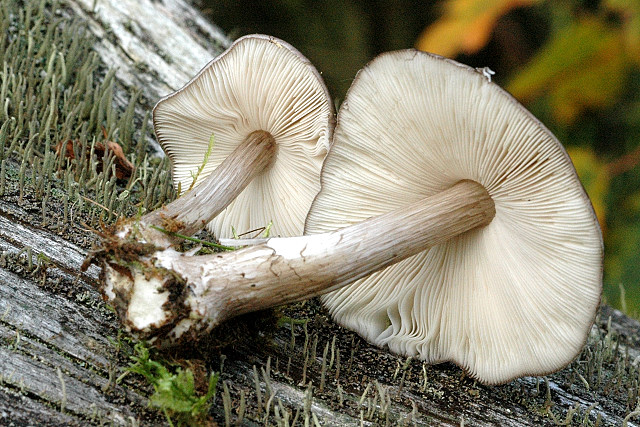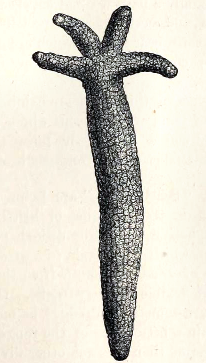Dis Pater aka Rex Infernus, Roman god of the underworld, contracted from Dives Pater (“Father of Riches”)
Dīs Pater (Dītis Patris), otherwise known as Rex Infernus or Pluto, is a Roman god of the underworld. Dis was originally associated with fertile agricultural land and mineral wealth, and since those minerals came from underground, he was later
Plutus is an Ancient Greek comedy 388 BCE
Plutus Written by Aristophanes Chorus Rustics Characters ChremylosCario(n)PlutusPeniaHermes Mute mutual Date premiered 388 BCE Original language Ancient Greek Genre Ancient Greek comedyPolitical satire Setting Classical Athens Plutus is an Ancient Greek comedy by the playwright Aristophanes, whi
Megachile pluto aka king of the bees
Megachile pluto, also known as Wallace’s giant bee or raja ofu (lit. ’king of the bees’), is a large resin bee found in Indonesia. With a wingspan of 63.5 mm (2.5 in) it is the largest known living bee species. It was believed to be extinct until several specimens were
Pluto is a genus of aphid wasps
Pluto is a genus of aphid wasps in the family Crabronidae. There are at least 50 described species in Pluto. The subfamily Pemphredoninae also known as the aphid wasps, is a large group in the wasp family Crabronidae, with over 1000 species. Historically, this subfamily has frequently be
Callilepis pluto
Callilepis pluto is a species of ground spider in the family Gnaphosidae. It is found in the United States and Canada. References External links Categories:
Plutus opal butterflies and black cocktail ants
Chrysoritis plutus, the Plutus opal, is a butterfly of the family Lycaenidae found only in South Africa. The wingspan is 24–28 mm for males and 26–35 mm for females. Flight period is two broods from August to December and January to April. Larvae feed on the Th
Pluteus (sculpture)
In architecture and sculpture, a pluteus (plural plutei) is a balustrade made up of massive rectangular slabs of wood, stone or metal, which divides part of a building in half; in a church they fulfil the same function as an iconostasis or rood screen, se
Pluteus is a large genus of fungi with over 300 species
Pluteus is a large genus of fungi with over 300 species. They are wood rotting saprobes with pink spore prints and gills that are free from the stem. Etymology The Latin word Pluteus means shed or penthouse. Characteristics o
Echinoderm reproduction and pluteus larva
An echinoderm is any member of the phylum Echinodermata. The adults are recognisable by their (usually five-point) radial symmetry, and include starfish, brittle stars, sea urchins, sand dollars, and sea cucumbers, as well as the sea lilies or &
Plutus Notes
In ancient Greek religion and mythology, Plutus (Ploûtos, lit. “wealth”) is the god and the personification of wealth, and the son of the goddess of agriculture Demeter and the mortal Iasion. Family Plutus is most commonly the son of Demeter and Iasion, with whom she l
Acharaca was a village of ancient Lydia with a Ploutonion or a temple of Pluto and a cave named Charonium
Acharaca was a village of ancient Lydia, Anatolia on the road from Tralles (modern Aydın, Turkey) to Nysa on the Maeander, with a Ploutonion or a temple of Pluto, and a cave, named Charonium (Ancient Greek: Χαρώνειον άντρον), where the sick were healed under the direction o




